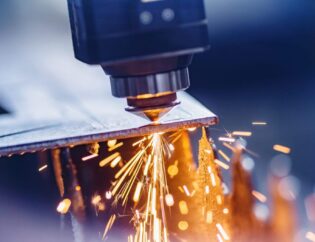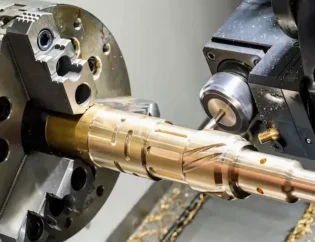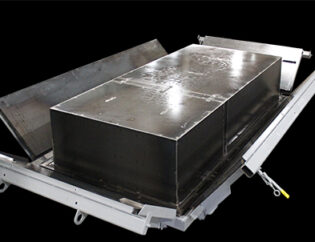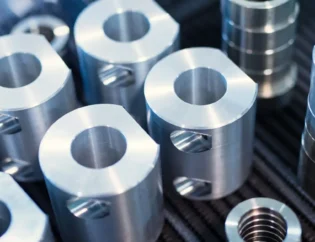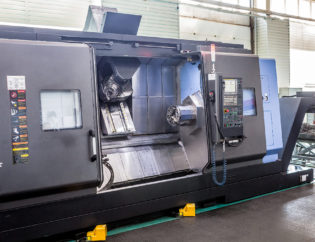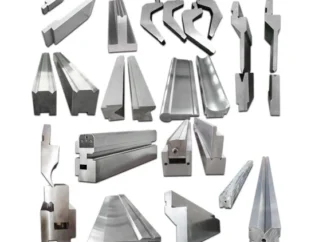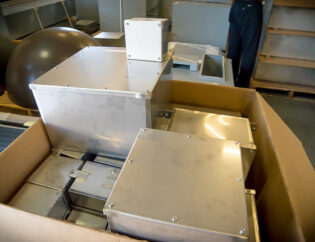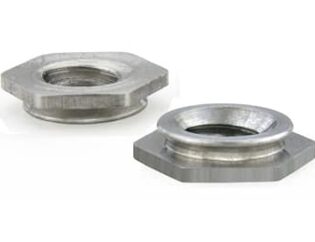Nylon 3D printing has emerged as a game-changer in the world of additive manufacturing, offering unparalleled strength, flexibility, and durability. As industries increasingly adopt this versatile material, understanding its properties and applications becomes essential for both hobbyists and professionals. This guide will delve into the intricacies of nylon 3D printing, equipping readers with the knowledge to harness its full potential.
Throughout this comprehensive guide, readers will explore the various types of nylon filaments available, their unique characteristics, and the best practices for successful printing. From optimizing print settings to post-processing techniques, we will cover everything needed to achieve high-quality results. Additionally, we will discuss common challenges and how to overcome them, ensuring a smooth printing experience.
By the end of this guide, readers will have a solid foundation in nylon 3D printing, empowering them to create robust and functional parts for a wide range of applications. Whether you are looking to enhance your prototyping capabilities or produce end-use products, this resource will serve as a valuable reference in your 3D printing journey.
The Complete Guide to Nylon 3D Printing
Nylon is a strong and versatile 3D printing material. Learn about its characteristics, printers, technologies, techniques, and services. This guide will provide comprehensive insights into nylon 3D printing, including its technical features, types, and best practices for achieving high-quality prints.
Technical Features of Nylon 3D Printing
Nylon, or polyamide, is known for its exceptional strength, flexibility, and durability. It is widely used in various applications, from functional parts to aesthetic models. Below is a comparison table highlighting the key technical features of nylon filament:
| Feature | Description |
|---|---|
| Strength | High tensile strength, making it suitable for functional parts. |
| Flexibility | Flexible when printed thin, allowing for complex designs. |
| Heat Resistance | Can withstand high temperatures, ideal for mechanical applications. |
| Moisture Absorption | Hygroscopic nature; absorbs moisture quickly, affecting print quality. |
| Layer Adhesion | Excellent inter-layer adhesion, enhancing durability. |
| Print Temperature | Typically requires a nozzle temperature of 225-270°C. |
| Bed Temperature | Recommended bed temperature ranges from 55-90°C, depending on the surface. |
| Print Speed | Optimal print speed is between 30-60 mm/s for best results. |
Types of Nylon Filament
Nylon filaments come in various types, each with unique properties and applications. Below is a comparison table of different nylon filament types:
| Type | Description |
|---|---|
| Nylon 6 | Commonly used for its strength and flexibility; ideal for functional parts. |
| Nylon 12 | Offers lower moisture absorption; suitable for outdoor applications. |
| Carbon-Filled Nylon | Enhanced strength and rigidity; ideal for high-stress applications. |
| Glass-Filled Nylon | Increased stiffness and heat resistance; used in engineering applications. |
| NylonX | A blend of nylon and carbon fiber; provides excellent strength and durability. |
| NylonG | A variant designed for better printability and reduced warping. |
Best Practices for 3D Printing with Nylon
To achieve the best results when printing with nylon, consider the following best practices:
-
Dry the Filament: Since nylon is hygroscopic, it is crucial to dry the filament before printing. Use a filament dryer or an oven to remove moisture.
-
Use the Right Hotend: Ensure your printer is equipped with an all-metal hotend capable of reaching at least 250°C. Standard hotends may degrade at high temperatures.
-
Choose the Right Bed Surface: Garolite sheets and glass plates are recommended for nylon printing. Applying a PVA glue stick can enhance bed adhesion.
-
Adjust Print Settings: Start with a nozzle temperature of 250°C and a bed temperature of 60°C. Adjust as necessary based on your specific filament brand.
-
Avoid Cooling Fans: Do not use layer cooling fans, as they can lead to warping. Maintain a stable ambient temperature for optimal results.
- Monitor Environmental Conditions: Print in a controlled environment to prevent drafts and temperature fluctuations that can affect print quality.
Conclusion
Nylon 3D printing offers a range of benefits, including strength, flexibility, and durability. By understanding the technical features and types of nylon filament, as well as following best practices, you can achieve high-quality prints for various applications. Whether you are a hobbyist or a professional, nylon is a versatile material that can enhance your 3D printing projects.
FAQs
1. What is nylon filament used for in 3D printing?
Nylon filament is used for creating functional parts, tools, and high-wear objects due to its strength and durability.
2. How do I prevent nylon from absorbing moisture?
Store nylon filament in an airtight container with desiccant to prevent moisture absorption.
3. Can I print nylon without a heated bed?
While it is possible, using a heated bed significantly improves adhesion and reduces warping.
4. What are the advantages of using nylon over other materials?
Nylon offers superior strength, flexibility, and impact resistance compared to materials like PLA and ABS.
5. Is nylon difficult to print with?
Nylon can be challenging to print with due to its hygroscopic nature and high melting point, but with the right settings and equipment, it can yield excellent results.

